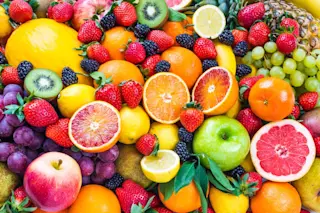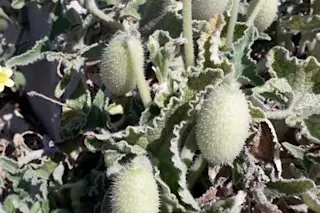Fruits come in a glorious rainbow of colors. Raspberries, kumquats, lemons, avocados, blueberries, figs; the colorful array rivals a 96-pack of Crayola crayons. But scientists have long debated whether fruits evolved their vibrant pigments to entice animals to eat them and spread their seeds. After all, some fruit eating — or frugivorous — seed-dispersers are color blind. Now, researchers show fruit color evolved in response to the visual abilities of local fruit-feasting animals.
To find out if the evolution of fruit color came in response to animals’ senses, an international group of scientists took advantage of a natural experiment. Omer Nevo, an evolutionary ecologist at the University of Ulm in Germany, turned to a group of fruit-noshing animals with distinct visual abilities that live in the montane rainforests of Uganda and Madagascar, where many of the same kinds of plants grow.
In Uganda, monkeys, apes and birds are the primary ...














